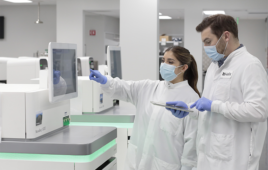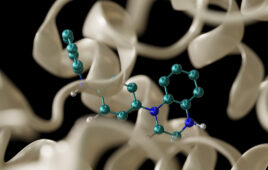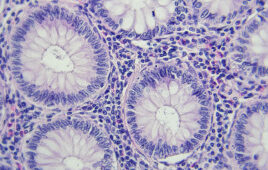Scientists at Karolinska Institutet in Sweden have shown that a previously unknown gene, Wrap53, controls the activity of the gene p53. As the regulation mechanism is relatively unexplored, the study opens up new routes to solving the mystery of cancer.
The p53 gene makes sure that cells with damaged DNA either repair themselves or commit suicide. If p53 itself is damaged, which is the case in roughly half of all cancer tumors, cells that are on their way to becoming cancerous are allowed to survive. Much cancer research revolves around the cell processes that p53 induces.
A group of researchers at Karolinska Institutet have now identified a new gene, called Wrap53, that regulates the activity of p53. The study, which is published in the journal Molecular Cell, demonstrates that Wrap53 gives rise to a molecule, called antisense RNA, the presence of which is necessary for the production of sufficient quantities of p53 protein in the event of DNA damage.
According to Marianne Farnebo, one of the scientists involved in the study, the results indicate that damage to Wrap53 can indirectly cause cancer. Wrap53 is therefore a new potential target for future cancer therapies.
“Mutations in the p53 gene contribute to about half of all cancer cases,” she says. “In the remaining half, p53 is probably inactivated in other ways, such as damage to Wrap53 knocking out the production of the p53 protein.”
The study is also one of the first to show how antisense RNA regulates genes in the human body. It is known that genes often control each other through the influence of their end products, usually proteins, on gene expression. With antisense regulation, control is effected instead through the production of mutually stabilizing or destructive RNA molecules by genes with overlapping sequences, which determines whether or not the RNA molecules form proteins.
“At least 20 per cent of all genes can be regulated by antisense RNA, making it a potentially very common control mechanism,” says Dr Farnebo. “But it’s been difficult to show that antisense RNA really does serve important functions in the body, as we’ve managed to do in this study.”
Release Date: February 27, 2009
Source: Karolinska Institutet
Filed Under: Genomics/Proteomics




